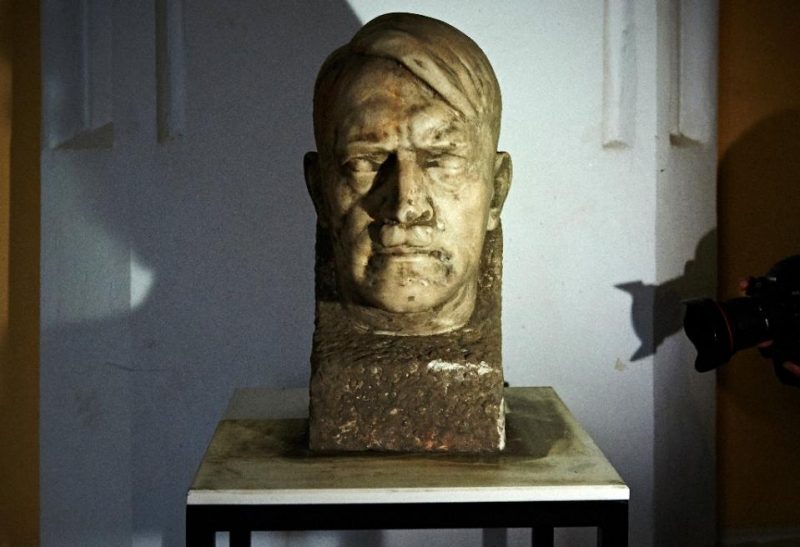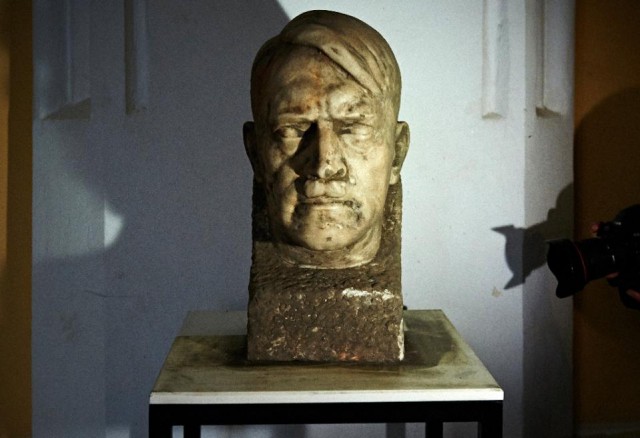Polish construction workers came across an unlikely piece of…art? What they found was a marble bust of Adolf Hitler. The piece was created by one of the Third Reich’s favourite sculptors.
The marble bust is about 20 inches high and was sculpted by the artist Josef Thorak. The piece was hit by a shovel as construction workers were working in the interior garden at the National Museum in Gdansk. The bust was created in 1942, and was signed and dated by the artist.
Although it is of Hitler, it is an important piece of art because no one knew it even existed. Josef Thorak was very gifted and the curators believe he did an exceptional job.
In 1933, Thorak joined Arno Breker as one of the two “official sculptors” of the Third Reich. In his government-approved studio outside Munich, Thorak worked on statues intended to represent the folk-life of Germany under Nazi leadership; these works tended to be heroic in scale, up to 65 feet in height. His official works from this period included a number of sculptures at the Berlin Olympic Stadium of 1936.
Albert Speer referred to Thorak as “more or less my sculptor, who frequently designed statues and reliefs for my buildings” and “who created the group of figures for the German pavilion at the Paris World’s Fair. His statue Comradeship stood outside the pavilion, depicting two enormous nude males, clasping hands and standing defiantly side by side, in a pose of racial camaraderie.
Most probably the sculpture was buried in March 1945 when the Red Army was fast approaching the former free city of Danzig. The ones who buried it did a proper job for it was buried some 60cm below the surface and the Patio where it was found was rebuilt more than once in the past years. A new fountain was added as well as the planting of plants and trees, but the bust was never found.
On 30 March 1945, the city was taken by the Red Army. It is estimated that nearly all the pre-war inhabitants were either dead or had fled. A number of inhabitants of the city perished when the military training ship Wilhelm Gustloff used for evacuation was sunk. It had up to 10,000 refugees on board at the time, including about 1,000 seriously wounded soldiers and sailors.
Had the bust been found right after the war it would have been destroyed immediately.
Officials believe the sculpture was part of the museum director’s office decoration, but more study and research into the sculpture will be needed to tell for sure how it got there. The museum and its directors are still deciding whether or not to display the bust publicly because of the delicate issue of its subject.
On the one hand, it is sculpted well and could be considered a great piece of art for its precision; on the other hand, it portrays a dictator who caused much destruction.
It is not the first work by Josef Thorak that was re-discovered in 2015. On 20 May, two of Thorak’s sculptures, a pair of colossal “striding horses” that had once stood outside the Reich Chancellery turned up during a police raid on a storehouse in Bad Dürkheim.

